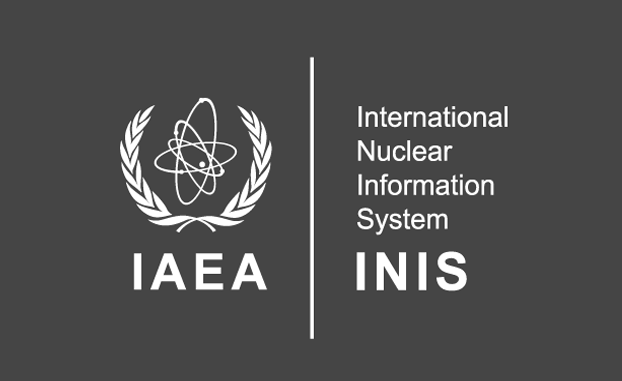ANALYSIS OF DENSITY, PHASE, AND MICROSTRUCTURE IN U–Mo ALLOYS
DOI:
https://doi.org/10.55981/urania.2025.10793Keywords:
U-Mo, neutron flux, phase, research reactor, microstructureAbstract
The performance of research reactors heavily depends on the intensity of the neutron flux produced, which is a key factor in reactor efficiency and effectiveness. To enhance the performance of research reactors, high-density fuel is required to increase neutron flux in the reactor core, enabling optimal irradiation processes. One of the most promising fuel candidates is uranium-molybdenum (U-Mo) alloy. This study aims to investigate the properties of U-Mo alloys through a series of characterizations, including density measurements, phase analysis using X-ray Diffraction (XRD), and microstructural observations using a Scanning Electron Microscope (SEM). The density measurements revealed values close to theoretical calculations, with densities of 17.423 g/cm³ for U-7Mo, 17.292 g/cm³ for U-8Mo, and 17.229 g/cm³ for U-9Mo. XRD analysis identified the presence of the γ-U phase with a body-centered cubic (bcc) crystal structure, characterized by diffraction peaks at 2θ angles of 37°, 53°, 66°, and 78°. SEM observations showed a pattern of bright and dark areas, which were further analyzed using Energy Dispersive Spectroscopy (EDS). EDS analysis indicated that the bright areas had a higher concentration of Mo and a lower oxide content compared to the dark areas. These findings suggest that the addition of Mo not only improves the structural homogeneity but also enhances the oxidation resistance of U-Mo alloys.
Downloads
Published
How to Cite
Issue
Section
License
Copyright (c) 2025 Saga Octadamailah, Ganisa Kurniati Suryaman, Supardjo Supardjo, Deni Mustika, Juan Carlos Sihotang, Yusuf Gigih Wicaksono, Slamet Pribadi, Boybul, Anissa Isnaini, Ratih Langenati, Dede Sutarya

This work is licensed under a Creative Commons Attribution-ShareAlike 4.0 International License.



